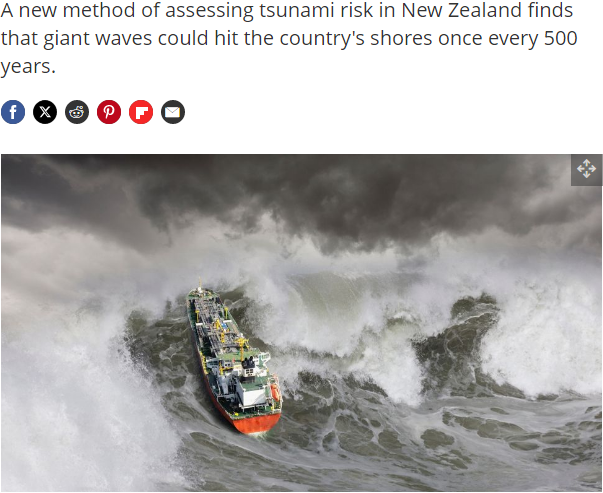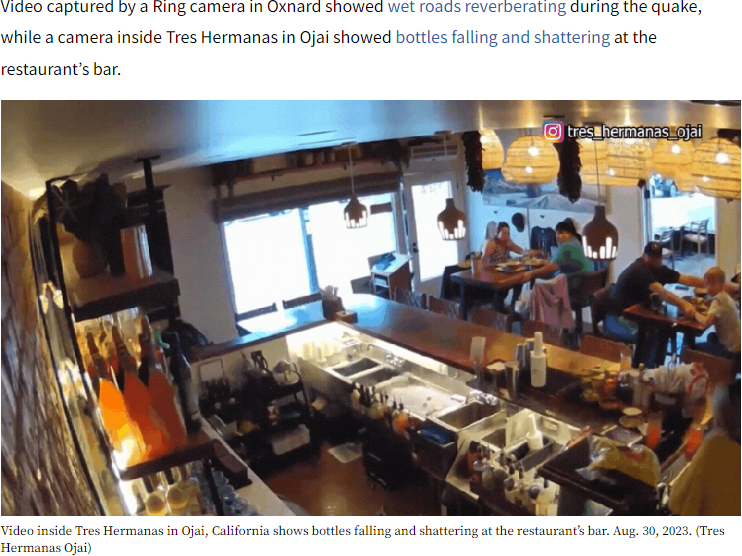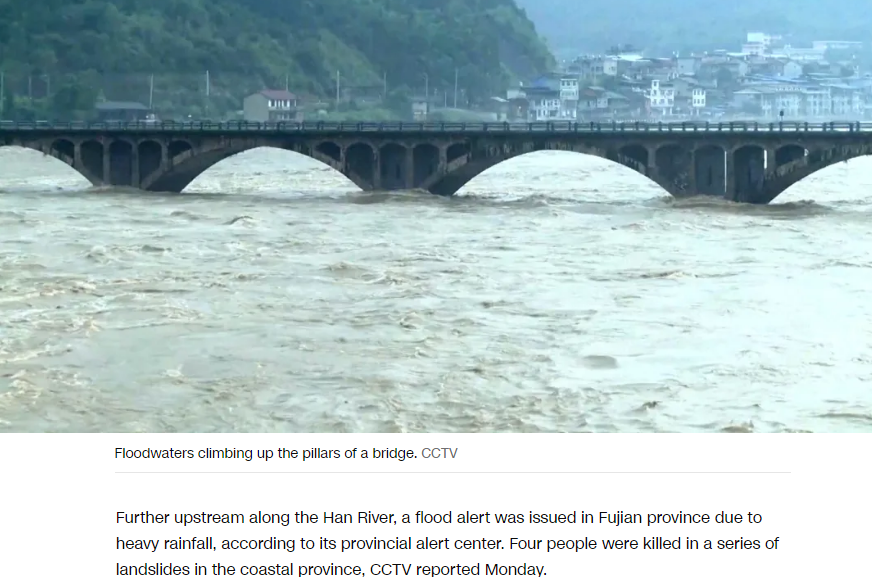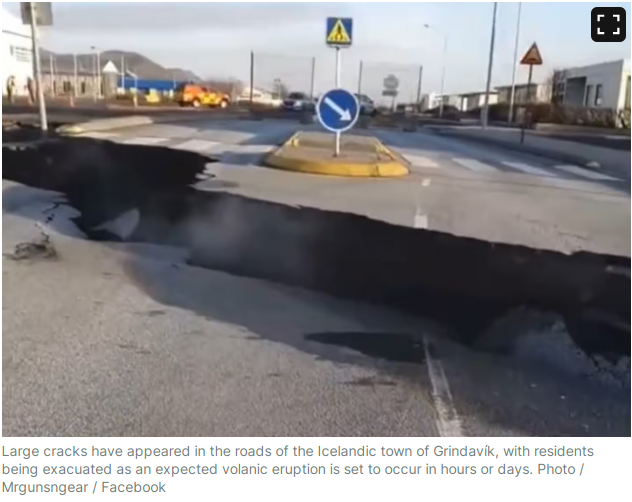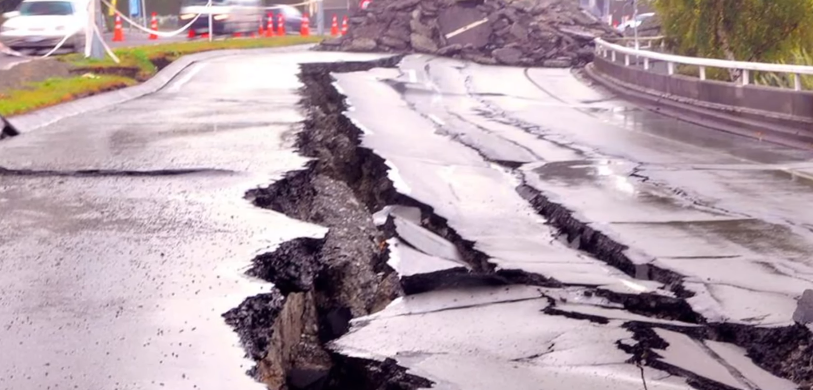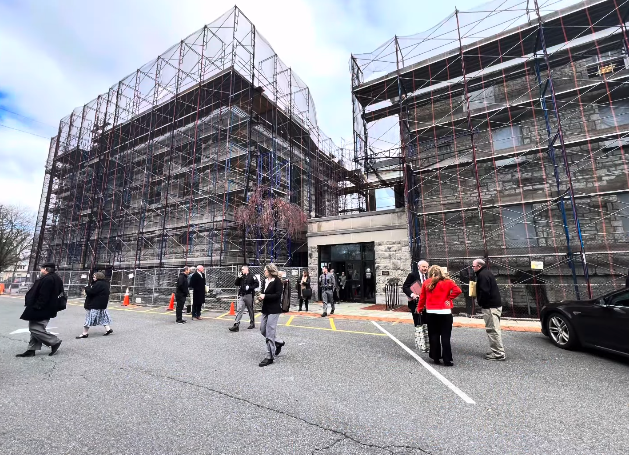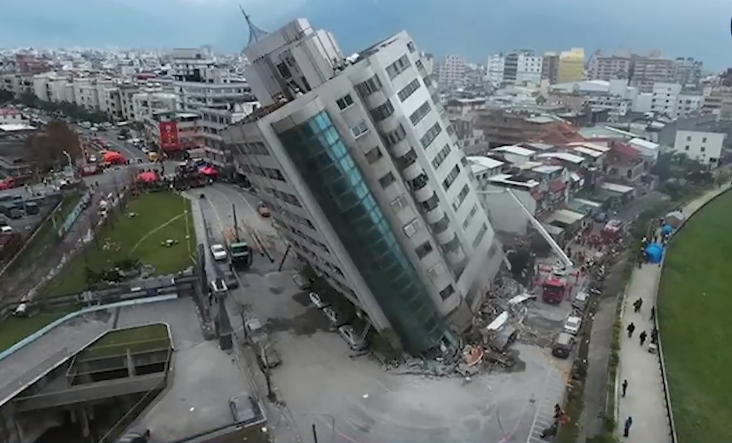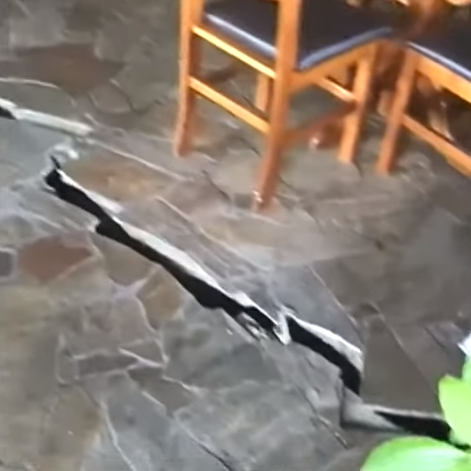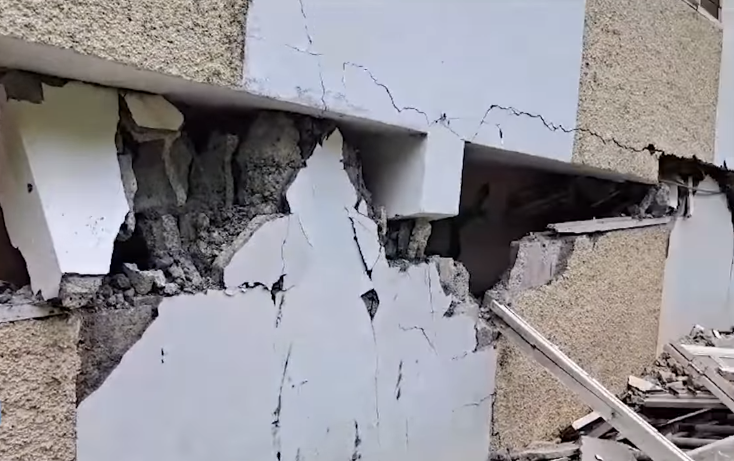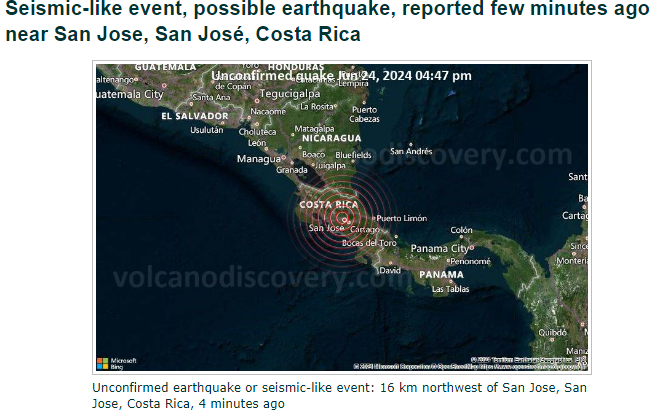Summary of Key Information
| Category | Details |
|---|---|
| Location | Wayanad, Kerala, India |
| Date | Tuesday, July 30, 2024 |
| Death Toll | At least 253 people |
| Injured | Over 200 people |
| Missing | Over 190 people |
| Rescued | Around 1,000 people |
| Affected Areas | Mundakkai, Chooralmala, Attamala, Noolpuzha villages |
| Causes | Heavy rainfall |
| Rescue Efforts | Army, NDRF, SDF, and other agencies |
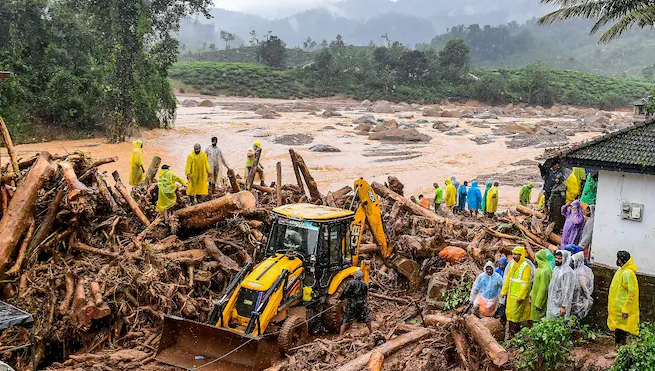
Introduction
On Tuesday, July 30, 2024, the hilly regions of Wayanad in Kerala, India, were hit by a series of devastating landslides. The disaster, triggered by heavy rainfall, has resulted in significant loss of life and widespread destruction. This article provides an overview of the landslide, its impact, and the ongoing rescue efforts.
The Landslide Incident
The landslides struck the villages of Mundakkai, Chooralmala, Attamala, and Noolpuzha in Wayanad district. The heavy rains, which are a common occurrence during the monsoon season in Kerala, caused the ground to give way, resulting in massive mudslides that engulfed homes and communities. The landslides occurred in the early hours of Tuesday, catching residents off guard as they slept.
Death Toll and Injuries
As of the latest reports, the death toll has risen to at least 253 people, with over 200 individuals injured. The number of missing persons is still high, with over 190 people unaccounted for.
Rescue Operations
The Indian Army, along with the National Disaster Response Force (NDRF), State Disaster Force (SDF), and other agencies, has been actively involved in rescue operations. The Army has rescued around 1,000 people and continues to search for those still trapped under the debris. The rescue efforts are challenging due to obstructed roads and hazardous ground conditions.
Affected Areas
The villages of Mundakkai, Chooralmala, Attamala, and Noolpuzha were the worst affected by the landslides. These areas are known for their tea and cardamom plantations, and many of the victims were plantation workers and migrant laborers.
Causes of the Landslide
The primary cause of the landslides was the heavy rainfall that has been battering Kerala for several weeks. The monsoon rains loosened the soil, leading to the catastrophic mudslides.
International Response
Several countries, including the US, Russia, China, and Iran, have expressed condolences over the deaths and offered support to India during this difficult time.
Ongoing Rescue Efforts
Rescue operations are ongoing, with a focus on locating those still missing. The Indian Air Force has deployed helicopters to aid in the search and rescue missions, and temporary bridges are being constructed to facilitate access to the affected areas.
Challenges Faced by Rescue Teams
Rescue teams are facing significant challenges, including obstructed roads, hazardous ground conditions, and persistent heavy rainfall. The use of ropes and makeshift bridges has been necessary to navigate the turbulent rivers and reach the affected areas.
Temporary Infrastructure
A temporary Bailey bridge is being constructed by the Army’s Engineer Task Force from Madras Engineer Group to assist in the rescue operations. Additionally, search and rescue dog teams have been deployed to help locate survivors and recover bodies.
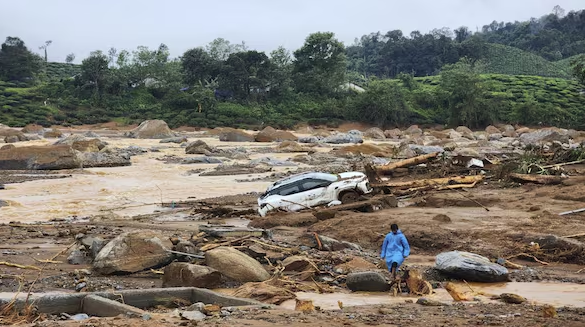
Conclusion
The landslide in Wayanad is a tragic reminder of the power of natural disasters. The ongoing rescue efforts are a testament to the resilience and coordination of the Indian authorities and rescue teams. As the situation continues to unfold, the focus remains on locating those still missing and providing support to the affected communities.

